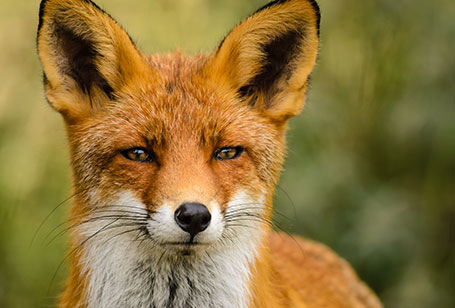
Mammals are endothermic vertebrates, generating their own internal heat. They breathe air and are covered in hair. When females give birth, they nurse their young with milk-secreting mammary glands. There are over 6,500 species of mammals that range in size from a 2-inch shrew to the nearly 100-foot blue whale.
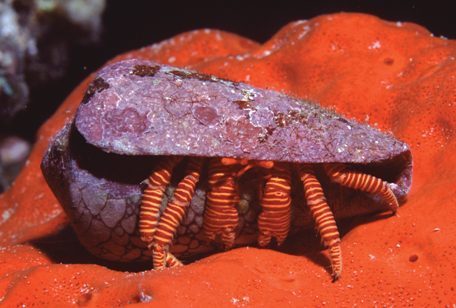
An invertebrate is an animal without a backbone. 97% of all animals are invertebrates. These dynamic, biologically diverse animals play important ecological roles and range in size from microscopic mites to super-sized squids over 50 feet long.
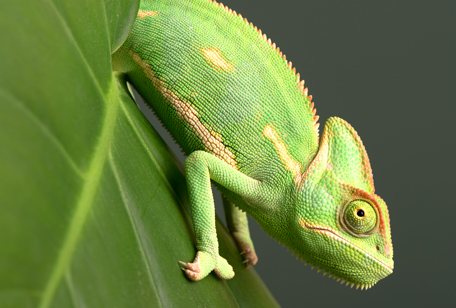
Reptiles are ectothermic vertebrates that regulate body temperature externally using the heat of the sun to warm themselves. They have glandless skin covered with scales, breathe air through lungs and typically lay eggs that develop on land.
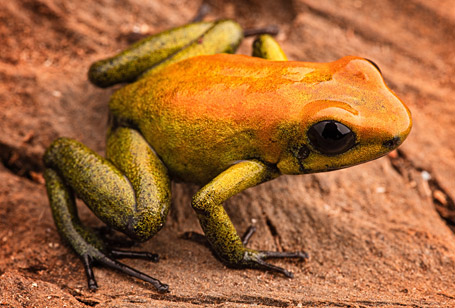
Amphibians are ectothermic vertebrates that use sunlight to become warm and active. They go through metamorphisis from larval stage (like tadpoles) to adult and can breathe with lungs if on land or through their skin when underwater. Most return to the water to mate and lay eggs.
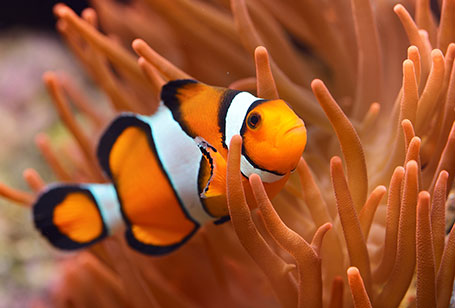
Fish are ectothermic aquatic vertebrates that live in freshwater or the salty ocean. Their bodies are covered in scales with a protective slime layer. They breathe using gills and lay eggs that are fertilized outside the body. With over 28,000 species, they are the most diverse group of vertebrates.
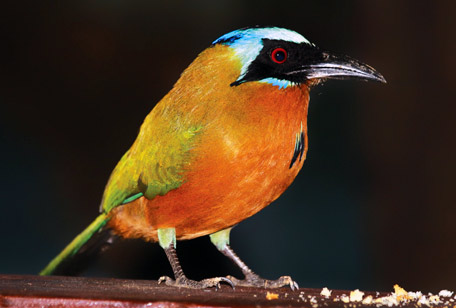
Birds are endothermic vertebrates with feathered bodies. They lay eggs and are protective of their nests. Birds that can fly have hollow bones which makes them light in weight, but swimming birds (like penguins) and running birds (like ostriches) have more solid bones.
